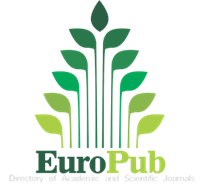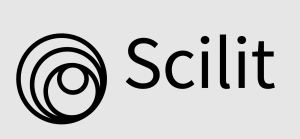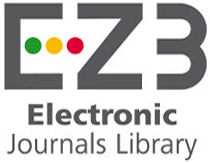Abstract
Background: Histoid leprosy is a rare variant of lepromatous leprosy (LL), characterized by unique clinical, histopathological, and microbiological features. This type of leprosy is caused by multidrug therapy (MDT) drug resistance, train mutation of Mycobacterium leprae, or genetic factors.
Case Illustration: A 21-year-old Indonesian woman with a family history of histoid leprosy complained of multiple hypo-esthetic erythematous partly flat-topped papules around the lesion on the face and bilateral superior and inferior extremities for the last two years. A Slit-skin smear examination revealed acid-fast bacilli with a bacterial index (BI) of 4.17+ and morphological index (MI) of 1%. Histopathological examination on hematoxylin & eosin (H&E) stained revealed epidermal atrophy, Grenz zone, and bundles of thin spindle-like histiocytes with Virchow cells. Ziehl-Nielsen stain showed copious acid-fast bacilli. Therefore, the diagnosis of histoid leprosy was established.
Discussion: Lichen planus (LP) was considered because LP typically presents as pruritic, polygonal, violaceous flat-topped papules with symmetric distribution on the flexural surfaces of the forearms, wrists, and ankles, as well as the dorsal surface of the hands and shins. However, the face is rarely affected in LP. The patient’s slit-skin smear and histopathological examinations presented strong evidence for histoid leprosy. Treatment with an MDT regimen resulted in clinical improvements as the erythematous lesions transformed into hyperpigmentation after weeks of treatment.
Conclusion: Histoid leprosy mimicking LP lesions in this patient developed without any prior administration of agents. Additionally, the patient had a high bacillary load, indicating a potential reservoir of the infection as the patient had a family history of leprosy.
References
- Chen KH, Lin CY, Su SB, Chen KT. Leprosy: A review of epidemiology, clinical diagnosis, and management. J Trop Med. 2022;2022: 8652062.
- Ploemacher T, Faber WR, Menke H, Rutten V, Pieters T. Reservoirs and transmissions routes of leprosy: A systematic review. PLoS Negl Trop Dis. 2020;14(4):1-27.
- World Health Organization. Towards zero leprosy. Global leprosy (hansen’s disease) strategy 2021 – 2030. New Delhi: World Health Organization, Regional Office for South-East Asia; 2017. p.21.
- Kumar B, Uprety S, Dogra S. Clinical diagnosis of leprosy. In: Scollard DM, Gillis TP, editors. International textbook of leprosy. Greenville: American Leprosy Missions; 2016. p.3-4.
- DeAndrade PJS, Ferreira P, Machado A, et al. Histoid leprosy: A rare exuberant case. An Bras Dermatol. 2015;90(5):756-7.
- Ambade GR, Asia AJ. Clinico-epidemiological profile of histoid leprosy: A prospective study. Natl J Integr Red Med. 2018;9(1):16-9.
- Weston G, Payette M. Update on lichen planus and its clinical variants. Int J Womens Dermatol. 2015;1(3):140-9.
- Mathur M, Jha A, Joshi R, Wagle R. Histoid leprosy: A retrospective clinicopathological study from central Nepal. Int J Dermatol. 2017;56(6):664-8.
- Canuto MJM, Yacoub CRD, Trindade MAB, Avancini J, Pagliari C, Sotto MN. Histoid leprosy: Clinical and histopathological analysis of patients in follow-up in university clinical hospital of endemic country. Int J Dermatol. 2018;57(6):707-12.
- Calvache N, Arias DA, Delgado VM. Histoid leprosy: An enemy not yet eradicated. Actas dermo. 2021;112(3):280-1.
- Pandey P, Suresh MSM, Dey VM. De novo histoid leprosy. Indian J Dermatol. 2015;60(5): 525.
- Raheja A, Kapoor A, Deora MS, Sharma YK. De-novo histoid leprosy: A series of four cases. Indian J Lepr. 2022;94:257-62.
- Samiey F, Aljalahma J, Awadhi AA. De novo histoid leprosy with unusual histological features. Cureus. 2021;13(11):e19.
Recommended Citation
Kimberly, Kesya; Alviariza, Annisa; Ferina, Siti Aisha Nabila; Esti, Prima Kartika; Peranginangin, Lenti Br.; and Komarasari, Eka
(2023)
"Histoid leprosy mimicking lichen planus,"
Journal of General - Procedural Dermatology and Venereology Indonesia: Vol. 7:
Iss.
2, Article 8.
DOI: 10.7454/jdvi.v7i2.1154
Available at:
https://scholarhub.ui.ac.id/jdvi/vol7/iss2/8






























